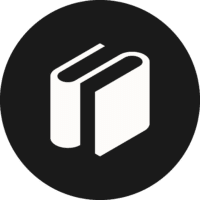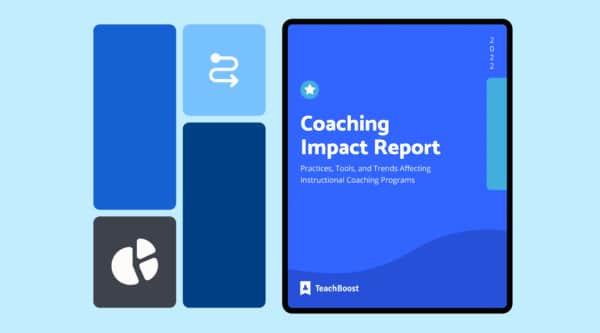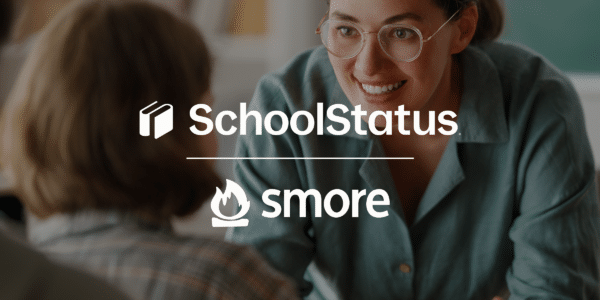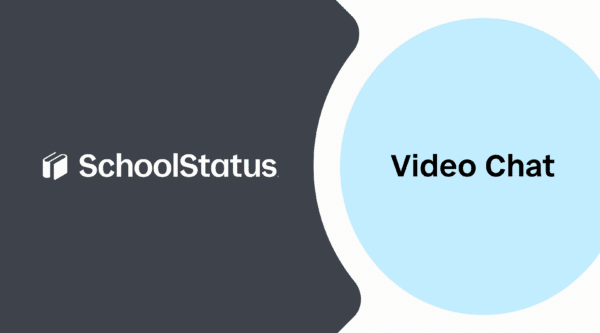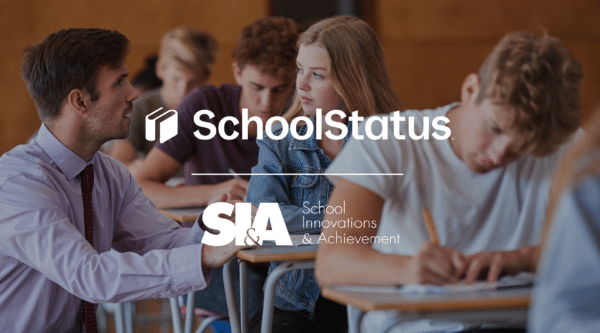
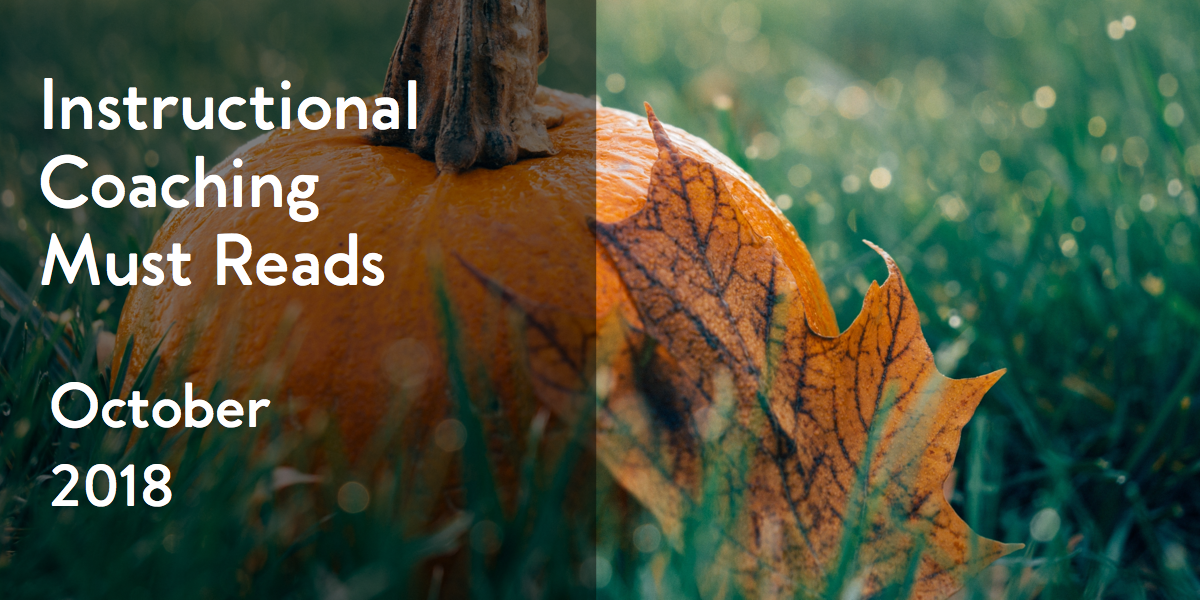

We’ve harvested the top coaching articles from October’s weekly coaching roundups! Read below to learn about inquiry-based coaching cycles, extending coaching invitations, rules for instructional coaches, wearing a coaching at as a principal, and more.
Did you know that building quality relationships is key to successful coaching? Coaches cite relationships as one of the most time-intensive parts of their job, and it takes a lot to get it right. TeachBoost Coach helps you build and reinforce the relationships that will create instructional shifts in the classroom.
{{cta(‘5bdfbc49-5aed-4b6c-9b54-853973968f5e’)}}
Using an Inquiry-Based Coaching Cycle
Dr. Cristine LaMontagne advocates ways to explore and measure teacher growth while immediately addressing the needs of students in the classroom.
“Coaching through inquiry allows teachers to focus on developing a specific practice, strategy, or protocol to help solve a challenge in the classroom. . . . Teachers who participate in inquiry learning don’t just feel supported, they will be able to specifically describe concrete improvement that took place in their students, as well as themselves.”
Creating a Coaching Invitation
Kristin Houser offers five ideas to keep in mind when building your own outreach initiatives to increase coaching requests.
“Teachers get busy, and stressed, and overwhelmed, and sometimes getting excited about working in a coaching cycle is the last thing on their minds. . . . Consider how you’d like to structure your coaching cycles throughout the year. How many rounds will you do? How many teachers can you work with in each round? Also consider teacher needs. Send your invitation out well before you’d like your next cycle to start. Give them some time to process your invite, and respond.”
Coaching Advanced Teachers
Dr. Alison Newby reveals five potential roadblocks when coaching experienced teachers and how coaches can try to overcome them.
“The magic ingredient a skillful coach brings is expertise in facilitating in others the process of increasing self-awareness and self-responsibility, leading to the ability to vision and then undertake change. . . . Some of the most entrenched barriers hindering effective coaching efforts are those relating to deep-rooted attitudes.”
Wearing a Coaching Hat as a Principal
Jessica Johnson explains how the mindset of a coach doesn’t have to stop after transitioning into an administrative role and ways to achieve balance as both a principal and coach.
“Just as a teacher supports students at their varied levels, a principal with a coaching hat supports teachers in the same manner, recognizing that a one-size-fits-all approach does not work.”
Rules for Instructional Coaches
Elena Aguilar reveals five coaching philosophies she’s curated over her career for coaches to live by.
“When you’re working with adult learners, use many of the same strategies you used with kids—scaffold the learning, chunk it, and use a gradual release of responsibility. Modify your tone and approach, of course because adults don’t like to feel infantilized, but use many of those same strategies because they work on big and little people.”
The Benefits of Creating Your Own Coaching Newsletter
Amy Rudd shares the value that coaching newsletters bring in building relationships and where she finds her inspiration to create them.
“What’s important to remember is you know your audience best. If you see patterns or trends as a coach, then try to address them specifically to reach a broader audience through articles or inspiration in the newsletter that will resonate with a current need. Always remember to try and find balance when sending out the newsletters so teachers aren’t overwhelmed and end up clicking it into the trash.”
{{cta(’34b13594-505a-497a-8a75-16ae35acf14d’)}}
Have some interesting instructional leadership news?
Share it with TeachBoost and we’ll highlight it here!
Stay Connected
News, articles, and tips for meeting your district's goals - delivered to your inbox.



